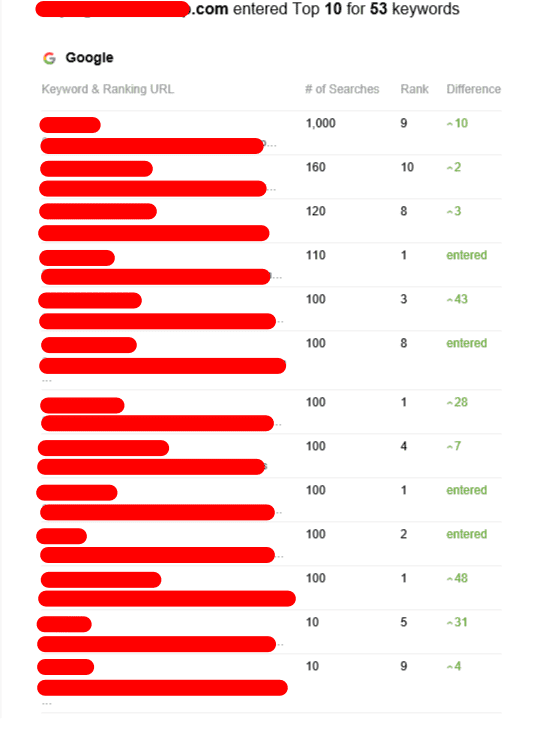Tiered Backlinks Service
Tiered backlinks are an essential tool in any SEO strategy. They can help create an impressive profile of backlinks without risking penalties from search engines. It is important to learn how to use them properly.
Tier two backlinks come from less authoritative sources such as directories, blogs, and article networks. At this stage the quality and relevance of backlinks are put aside to focus on quantity.
First Tier
Tiered link development is an SEO strategy that assists in create a high-quality profile of backlinks for your website. It is similar to what happens when authoritative content spreads across the web. This is done by using the network or pages that endorse the main source and then redirecting their link juice to a promoted site. This way you can generate large numbers of links without degrading the quality of your website's content.

Tier 1 links are your most reliable links from a company that provides different levels of backlinks. They should be placed on reliable websites that relate to your industry. They should also have high authority on the domain. This is the most crucial component of your tiered linking campaign, and can be a challenge. Tools such as Moz, Ahrefs, SEMrush or Loganix DA Checker to verify the domain credibility of potential donors for your Tier 1 links.
The next step in tiered link construction is to build Tier 2. These are links that are less powerful than Tier 1 however they can boost your search engine ranking. You can create Tier 2 links using blog comments, forum postings, and Wikis. You should only apply this strategy if it's not against the rules and you should stay clear of automation.
Second Tier
It is possible to increase the quality and quantity of your backlinks profile using the Tier system. This will not result in penalties from search engines. It can be a time-consuming process. Tiered link building strategies entail linking to a variety of pages on websites, which takes an immense amount of work. It can also take months to see the results of a tiered link-building campaign. This is because PageRank can take some time to reach the destination website.
The first tier should consist up of high-quality, dofollow hyperlinks that originate from relevant websites with a high Domain Authority (DA). The importance of a tier backlink is in this stage. To confirm the domain authority of your tier-one links, it is important to use a reputable domain checker like Moz, Ahrefs or SEMrush.
You can make use of profiles on social media and un-spammed Q&A websites and blog networks. This could be social networking profiles, non-spammed question and answer websites, or blog networks. Some SEO professionals use automated link building tools to accomplish this goal.
It is important to note that the links you receive for your tier 2 should appear natural. Google's Webmaster Guidelines state that if an image appears artificial it may be flagged as spam, and penalized accordingly. This could lead to dramatic drops in rankings or the decision to take manual action by Google's human reviewers.
Third Tier
Link building in tiers is a fantastic method of increasing the authority of your website. It allows you to make the gains from poor quality backlinks, while reducing the chance of being penalized by search engines. This strategy also improves the effectiveness of your SEO efforts through the ability to acquire links at a lower price. However, tiered link building is not without its flaws. It can be risky to use too many links that are of poor quality or not relevant to your website. It is also important to be aware not to overload the number of tiered links, because Google will notice and could penalize your website.
Tier 2 links are generally less authoritative than tier 1 and are intended to increase the domain authority for the backlinks originally used. They can be found in forum comments, blog comments and wikis, as well as other web 2.0 resources. This kind of link is also referred to as "pumping levels." It is important to make sure that your tier 2 links are of high-quality and relevant.
Google could take a manual action if you utilize too many automated tools for Tier 3 link building. Many optimizers use GSA, Xrumer, and ZennoPoster to automate their Tier 3 link building. Tier 3 links should be created using credible websites and reliable niches. Google will penalize the website when it determines that they are part of a link scheme.
Fourth Tier
Tiered link building is a method to create links that boost the authority of your website and increase its SEO ranking. It is important to adhere to Google's guidelines when implementing this strategy. If you create third-tier backlinks from low-quality or spammy websites for example, this can cause your website to lose rankings. If you also acquire links at an unnatural pace, this can also raise red flags to Google and could result in penalties.
To avoid this, focus on creating a varied range of tier one backlinks from trustworthy sources. You can incorporate links of the first stage in guest posts, roundups of links, and directories of articles. It is also possible to use the tier 2 links to boost your first-tier backlinks. This is because the tier two backlinks are generally higher in quality than third-tier links.
It's important to keep in mind that building tiered links requires lots of effort and money. You'll need to pay for automated tools and content writers, for example. Additionally, you'll need to monitor all of the different levels to ensure that your campaign is consistent and efficient. If you don't have the time or resources to dedicate to this strategy it's recommended that you outsource it to an organization that is specialized in tiered linking building.
